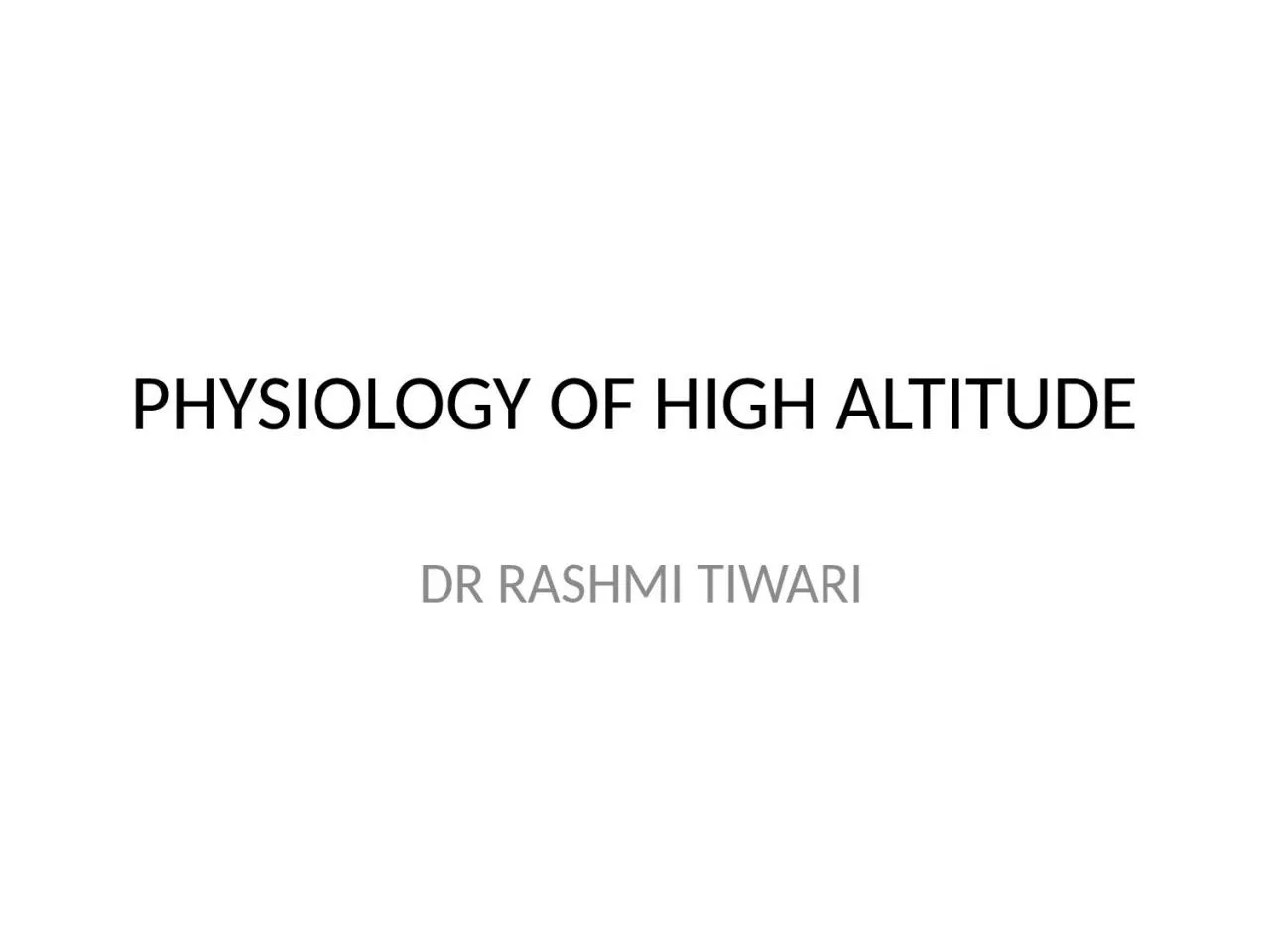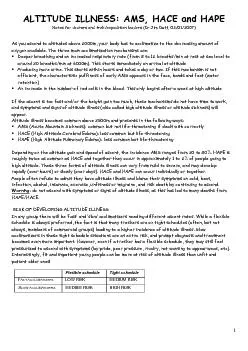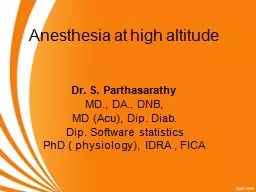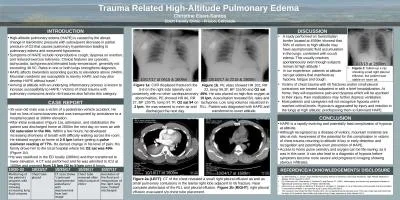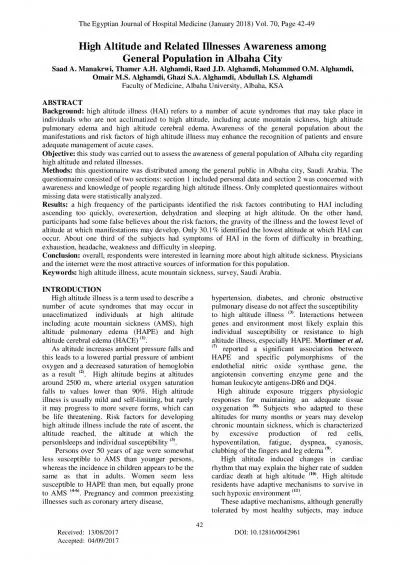PPT-PHYSIOLOGY OF HIGH ALTITUDE
Author : cadie | Published Date : 2023-11-17
DR RASHMI TIWARI INTRODUCTION High altitude is the region of earth located at an altitude of above 8000 feet from mean sea level People can ascend up to this level
Presentation Embed Code
Download Presentation
Download Presentation The PPT/PDF document "PHYSIOLOGY OF HIGH ALTITUDE" is the property of its rightful owner. Permission is granted to download and print the materials on this website for personal, non-commercial use only, and to display it on your personal computer provided you do not modify the materials and that you retain all copyright notices contained in the materials. By downloading content from our website, you accept the terms of this agreement.
PHYSIOLOGY OF HIGH ALTITUDE: Transcript
Download Rules Of Document
"PHYSIOLOGY OF HIGH ALTITUDE"The content belongs to its owner. You may download and print it for personal use, without modification, and keep all copyright notices. By downloading, you agree to these terms.
Related Documents

